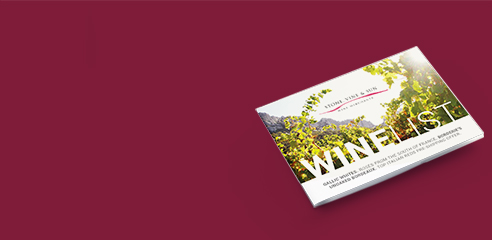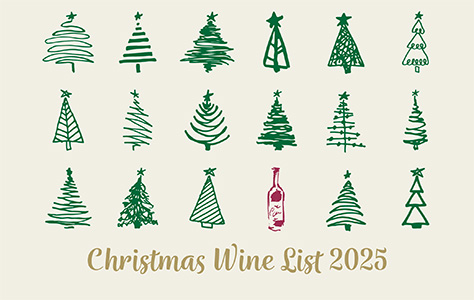Chardonnay
Chardonnay is one of the most-widely planted varieties in the world.
Arguably not the most characterful grape, hence its common ageing in oak, yet at its pinnacle in Burgundy it produces some of the greatest (and certainly most expensive) white wines in the world. Look out for unoaked Chardonnay, it can make a pleasant change, and usually goes down very well with all those people who say they "don't like Chardonnay".
Origins
- Probably Saone-et-Loire in 16th-17th centuries. (Used to be thought in Lebanon, called Meroué and Obaideh, and Syria)
- Natural cross of Pinot x Gouais Blanc; and related to Gamay, Melon and Aligote
Characteristics
- Moderately vigorous, and very easy to grow. ‘The most forgiving variety of all’, Brian Croser, Petaluma Winery, Australia.
- Prefers calcareous (limestone-based) soils
- Early budding, so prone to frost damage, but also ripens early
- High yielding: can be 80 hl/ha, but 50 hl/ha is required for really high quality
- Produces high sugars and therefore high alcohol levels
- Acidity falls fast in hot climates, leading to a danger of flabbiness
- Tastes and flavours vary from barely ripe apples (Chablis), melon (Mâconnais), exotic fruits (California), to buttery (Meursault)
Vinification/ Maturation
- Vinification can take place in stainless steel vats to produce simple, steely or mineral styles; or alternatively barrel fermented, often with lees stirring (batonnage), to produce an oaky, yeasty wine with greater complexity
- Oak is a key element in the maturation of Chardonnay: new oak barrels can be used at one extreme to add the maximum elegant oak flavour; or partially used oak barrels; or big old oak vats which add little flavour; or oak chips or staves may be added to the wine (the cheap and cheerful method)
- Very malleable for the winemaker
Homelands within France:
- Cote d'Or: aristocratic, the role model for all other Chardonnays, the finest, subtlest, most complex dry white wines. Arguably the finest oaked dry white wine in the world.
- Chablis: pure mineral flavours, due to northern climate and calcareous soil. Barrel fermentation and oak ageing rarely used. High acid, unadorned Chardonnay of simplicity, refinement and considerable ageing potential
- Champagne: blended with Pinot Noir and Pinot Meunier, Chardonnay is the ingredient adding aristocratic vitality
Also to be found in:
France: Languedoc (notably Limoux), the Jura; Italy; Spain; California; Oregon; South Africa; Australia; Chile; New Zealand; and Argentina.




